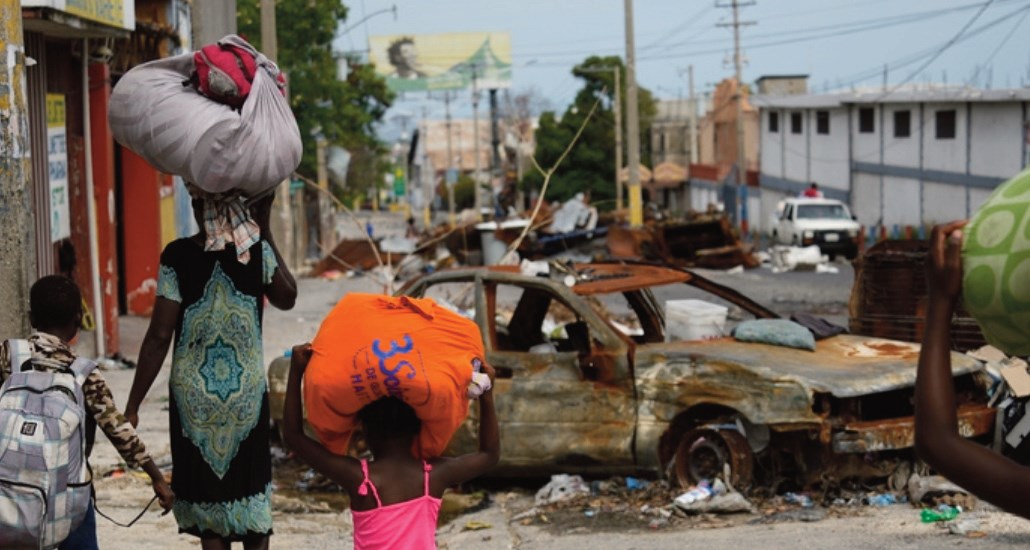 TALLAHASSEE, Fla. (AP) _ The Florida Supreme Court threw cold water Friday on opponents' argument that the entire revised state Senate redistricting map should be open to challenge instead of just those elements the justices singled out when they kicked the original version back to the Republican-led Legislature.
TALLAHASSEE, Fla. (AP) _ The Florida Supreme Court threw cold water Friday on opponents' argument that the entire revised state Senate redistricting map should be open to challenge instead of just those elements the justices singled out when they kicked the original version back to the Republican-led Legislature.
“Reading the entire opinion, it would seem that, speaking for the person who wrote it, that it was pretty clear that there were certain districts that were specifically invalided,'' Pariente said. She added that the high court also specifically upheld other districts.
Pariente wrote the opinion.
It unanimously affirmed the House's redistricting map but rejected the Senate plan by a 5-2 vote because it violated new anti-gerrymandering standards in part by intentionally favoring incumbents and the GOP. Republicans currently have a 28-12 Senate majority although Democrats have a slight edge in statewide voter registration.
The Senate map also failed to fully comply with requirements for districts to be compact and follow geographic and political boundaries whenever feasible.
The opinion cited eight of the 40 Senate districts that needed to be fixed and invalided the map's district numbering scheme. It also directed lawmakers to do functional analyses to ensure the map complied with another requirement to protect minority voting rights and asked them to take another look at whether the map could be drawn without splitting Lakeland. The new map keeps the city intact.
Democrats and a coalition that backed the Fair Districts standards approved by voters in 2010 say the do-over also is in violation. If the justices agree, they can redraw the map themselves. They have until early May to make a ruling.
Former Justice Raoul Cantero argued for the Legislature. He said lawmakers fixed all flaws cited in Pariente's opinion during a special redistricting session last month and that's all the justices should consider during their second and final review.
The Florida Democratic Party and a coalition of three groups that backed Fair Districts argued lawmakers should have redrawn the entire map to conform with the Supreme Court's first-ever interpretation of the standards. They also said that means they should be able to challenge even those portions the justices upheld during their first constitutionally required review.
“It just doesn't, to me, resonate,'' responded Justice Peggy Quince, who concurred in Pariente's majority opinion. She noted the high court looked at the entire map during the first review and found nothing wrong with most of the districts.
Paul Smith was arguing for the League of Women Voters of Florida, the National Council of La Raza and Florida Common Cause. He said it's the court's duty to ensure the whole map is constitutional even if no one was challenging it. He noted that besides the eight flawed districts, the justices offered broader instructions to lawmakers such as telling them the Senate's interpretation of what constitutes geographic boundaries was off-base.
Pariente clearly disagreed.
“Maybe I convinced her otherwise, but I don't have great confidence in that,'' Smith later said.
Former House Speaker Jon Mills, made a similar argument on behalf of the Florida Democratic Party, but Pariente said that in his view the opinion that lawmakers must redo the entire map is “just so not there.''
“Frankly, you have total discretion,'' responded Mills, also a former University of Florida law school dean.
The challengers also offered narrower arguments focusing on specific districts. That includes a pair in northeast Florida that split Daytona Beach, a heavily Democratic and black city. As a result, both districts are made safe for GOP candidates by diluting Democratic voting strength although they could be reconfigured in ways that would making them competitive for both parties, Smith said.
“I think this is probably, in my view, your strongest challenge,'' Pariente told him.
Cantero, though, argued lawmakers exercised legitimate discretion because splitting Daytona Beach enabled them to avoid dividing neighboring Clay County. He said they did it with a blind eye toward politics.
“When they draw the maps they are not looking at reds and blues,'' Cantero said. “There are going to be political consequences, but the constitution does not prohibit adverse effects. It prohibits adverse intent.''
The challengers also focused on central Florida, where the high court invalided a non-compact, safe GOP district with a heavily Republican appendage that included the home of Senate Majority Leader Andy Gardiner, R-Orlando. The appendage remains in the new map although attached to a different Republican-leaning district.
Another incumbent, Sen. David Simmons, R-Maitland, also lives in the district but has said he would move to a nearby open district rather than challenge Gardiner.
Allison Riggs, a lawyer for the National Association for the Advancement of Colored People, argued a redrawn Jacksonville seat doesn't have enough minority voters to ensure they'll continue to have an opportunity to elect a candidate of their choice. Cantero and Smith disagreed, citing a functional analysis disputing her argument and noting it was redrawn to conform with the high court's ruling.












No Comment